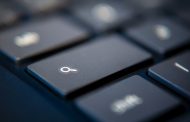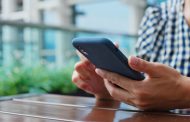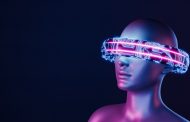Preschoolers Can Now Learn STEM
A few weeks ago, at the Bay Area Discovery Museum (BADM) near San Francisco, 5-year-old Jack Stabenow climbed a step stool to peer into a machine that cuts cardboard with a high-powered laser. The red beam precisely followed a squiggly building design that Jack had just finger-drawn on a tablet computer. Jack’s goal was to make a building that could stand up to the wind of a nearby table fan.
With his cardboard cut, Jack hurried to the assembly area where about two dozen other kids his age labored over teetering, but well-taped, creations. If these first attempts toppled in the breeze, that was to be expected. In fact, back-to-the-drawing-board was kind of the point.
The kids were learning the cycle of design, prototype, test, and redesign that’s a hallmark of engineering.
The museum staffers were testing a prototype, too. Last month, the museum launched America’s first early childhood “fab lab”—for fabrication laboratory—a suite of digitally controlled fabrication machinery, such as 3D printers, laser cutters, and milling machines.
Long a staple of industry, fab labs have recently been popping up in affluent high schools and middle schools. But the Discovery Museum now wants to bring a fab lab experience to kids as young as three, and to spread that opportunity well beyond the wealthy enclaves. Leaders there see fab labs as a natural extension of their hands-on STEM programs, and a way to infuse creativity rather than passive “screen time” into children’s early encounters with technology.
The museum occupies several squat yellow-brick buildings, the former barracks of historic Fort Baker at the base of the Golden Gate Bridge in the Marin Headlands. It offers a mix of programming for the general public and for school classes from pre-K to third grade, which means that the staff is familiar with skepticism about technology in early childhood education. Indeed, they say they share it. Read More…





